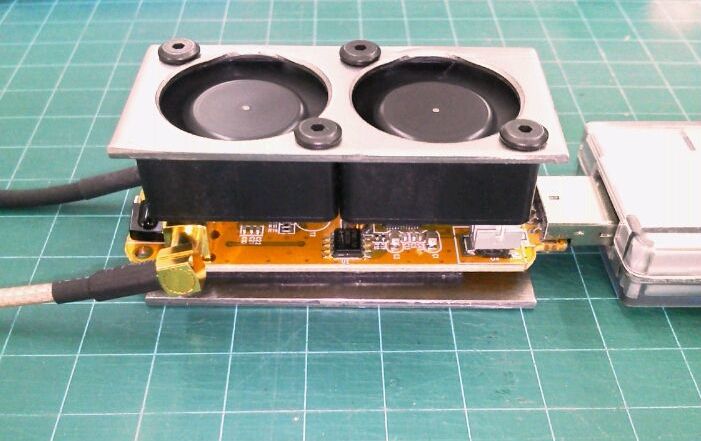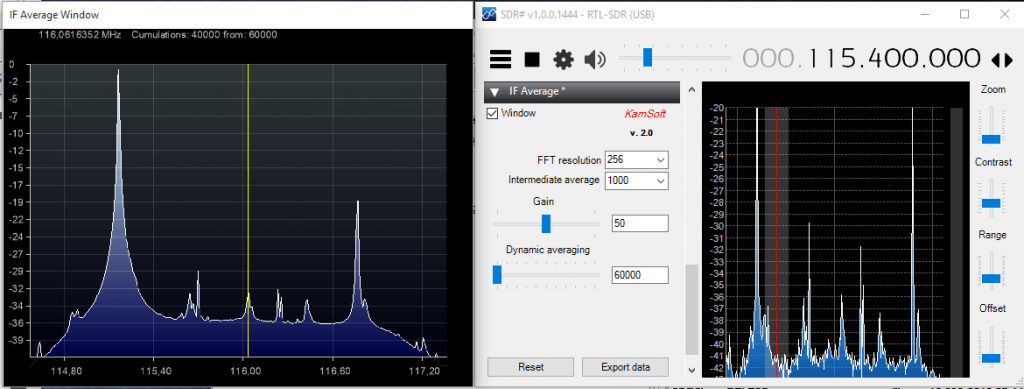Reverse Engineering a Commercial Inmarsat Front-End to use with the RTL-SDR
Over on his YouTube channel Adam 9A4QV has uploaded a video showing a commercial Inmarsat front end which he reverse engineered to use with his RTL-SDR. The front end is a duplexor, which allows both receive and transmit to occur on the same channel, but to use with the RTL-SDR Adam only uses the receive part. Inside the front end is a large cavity filter, ceramic filter, and about 60 dB of total L-band gain from MMIC amplifiers.
In the second video Adam hooks up the Inmarsat front end to his RTL-SDR and home made patch antenna. The results show that the signals are very strong when using the commercial front end. In a previous post we showed Adam’s results with two LNA4ALL amplifiers. The commercial front end seems to give much stronger signals, but the results with one or two LNA4ALL are adequate enough for decoding.


